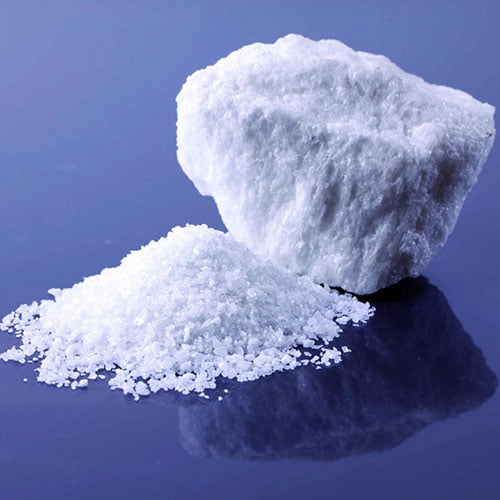Home » R&D Projects » Production of calcium aluminate
Production of calcium aluminate
Calcium aluminate, a specialized form of aluminum oxide-based material, is a critical component in the production of various construction materials, refractory products, and advanced ceramics. The manufacturing process for calcium aluminate involves the careful control and integration of several key steps to ensure the desired chemical composition, physical properties, and performance characteristics are achieved. The production of calcium aluminate typically begins with the sourcing and processing of raw materials, primarily high-purity alumina and limestone or other calcium-containing compounds. These raw materials are then proportioned and blended in specific ratios to achieve the targeted calcium-to-aluminum oxide ratio, which is crucial for the final application of the calcium aluminate. The blended raw materials are then subjected to a high-temperature firing or sintering process, often in specialized rotary kilns or other industrial furnaces, where the materials undergo chemical reactions to form the desired calcium aluminate compounds. This thermal treatment step is carefully monitored and controlled to ensure the complete transformation of the raw materials into the intended crystalline structures and compositions. After the firing or sintering process, the calcium aluminate material may undergo additional processing, such as crushing, grinding, and sieving, to obtain the desired particle size distribution and physical characteristics. Depending on the application, the calcium aluminate may also undergo further chemical treatments or blending with other additives to enhance its performance properties, such as refractoriness, strength, or chemical resistance. The production of high-quality calcium aluminate requires a deep understanding of material science, process engineering, and quality control techniques. Manufacturers must ensure strict adherence to production parameters and rigorous testing to meet the evolving performance and regulatory requirements of the construction, refractory, and advanced ceramics industries.
